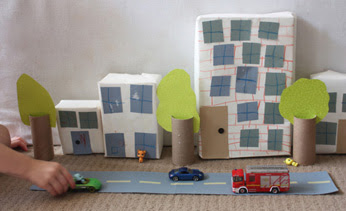Whether you rely on your bike for transportation or exercise, you�ll enjoy these ten fun facts on this two-wheeled vehicle.
Bicycle: The History by David Herlihy
The World Almanac Book of Records: Firsts, Feats, Facts & Phenomena by Mark Young
- In 1817, Karl von Drais, a German baron, invented a horseless carriage that would help him get around faster. The two-wheeled, pedal-less device was propelled by pushing your feet against the ground, The machine became known as the �draisine,� and led to the creation of the modern-day bicycle.
- The term �bicycle� was not introduced until the 1860s, when it was coined in France to describe a new kind of two-wheeler with a mechanical drive.
- Orville and Wilbur Wright, the brothers who built the first flying airplane, operated a small bike repair shop in Dayton, Ohio. They used their workshop to build the 1903 Wright Flyer.
- Fred A. Birchmore, 25, circled the globe by bicycle in 1935. The entire trip, through Europe, Asia, and the United States, covered forty thousand miles. He pedaled about 25,000 miles. The rest was traveled by boat. He wore out seven sets of tires.
- There are over a half billion bicycles in China. Bikes were first brought to China in the late 1800s.
- About 100 million bicycles are manufactured worldwide each year.
- Over the past 30 years, bicycle delivery services have developed into an important industry, especially in cities, where the couriers have earned a reputation for their high speed and traffic-weaving skills.
- Americans use their bicycles for less than one percent of all urban trips. Europeans bike in cities a lot more often�in Italy 5 percent of all trips are on bicycle, 30 percent in the Netherlands, and seven out of eight Dutch people over age 15 have a bike.
- The Tour de France is one of the most famous bicycle races in the world. Established in 1903, it is considered to be the biggest test of endurance out of all sports. Lance Armstrong, an American cyclist, is the only rider to have won seven titles (1999�2005) after surviving cancer.
- Bicycle Moto Cross (BMX), an extreme style of bicycle track racing, became a sport in the 2008 Summer Olympic Games in Beijing, China. Maris Strombergs, of Latvia, received the gold medal for Men�s BMX, and Anne-Caroline Chausson, from France, took home the gold in the first Women�s BMX Olympic event.
Bicycle: The History by David Herlihy
The World Almanac Book of Records: Firsts, Feats, Facts & Phenomena by Mark Young






















.jpg)
















